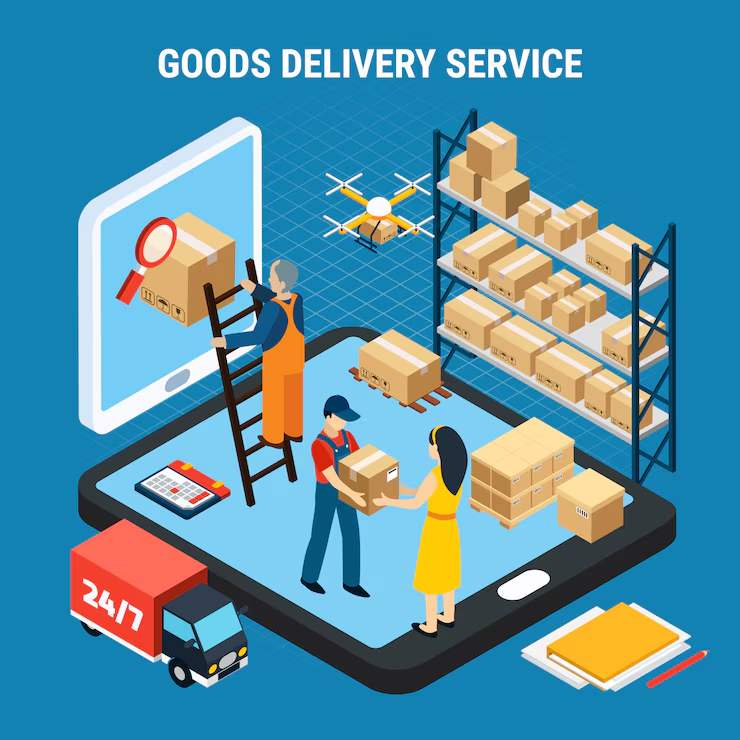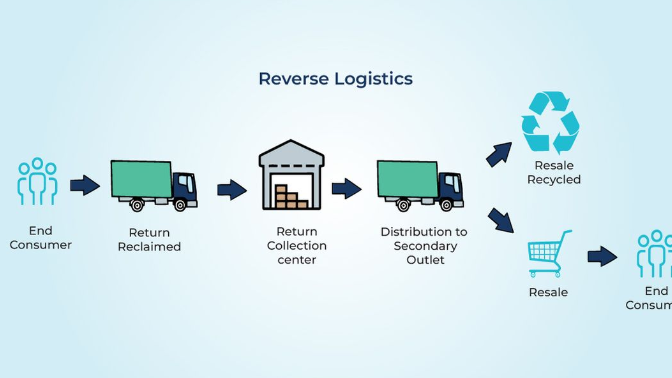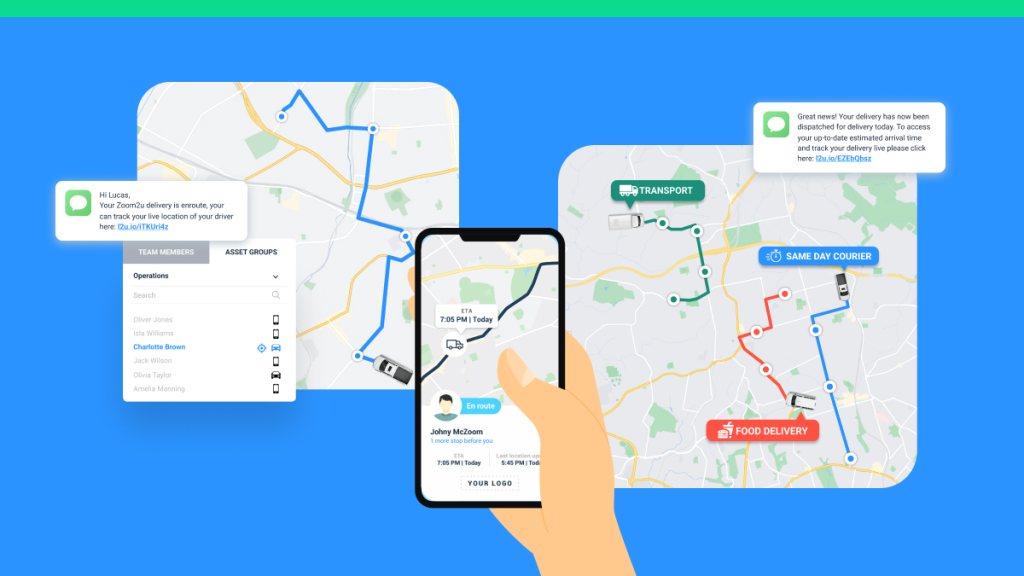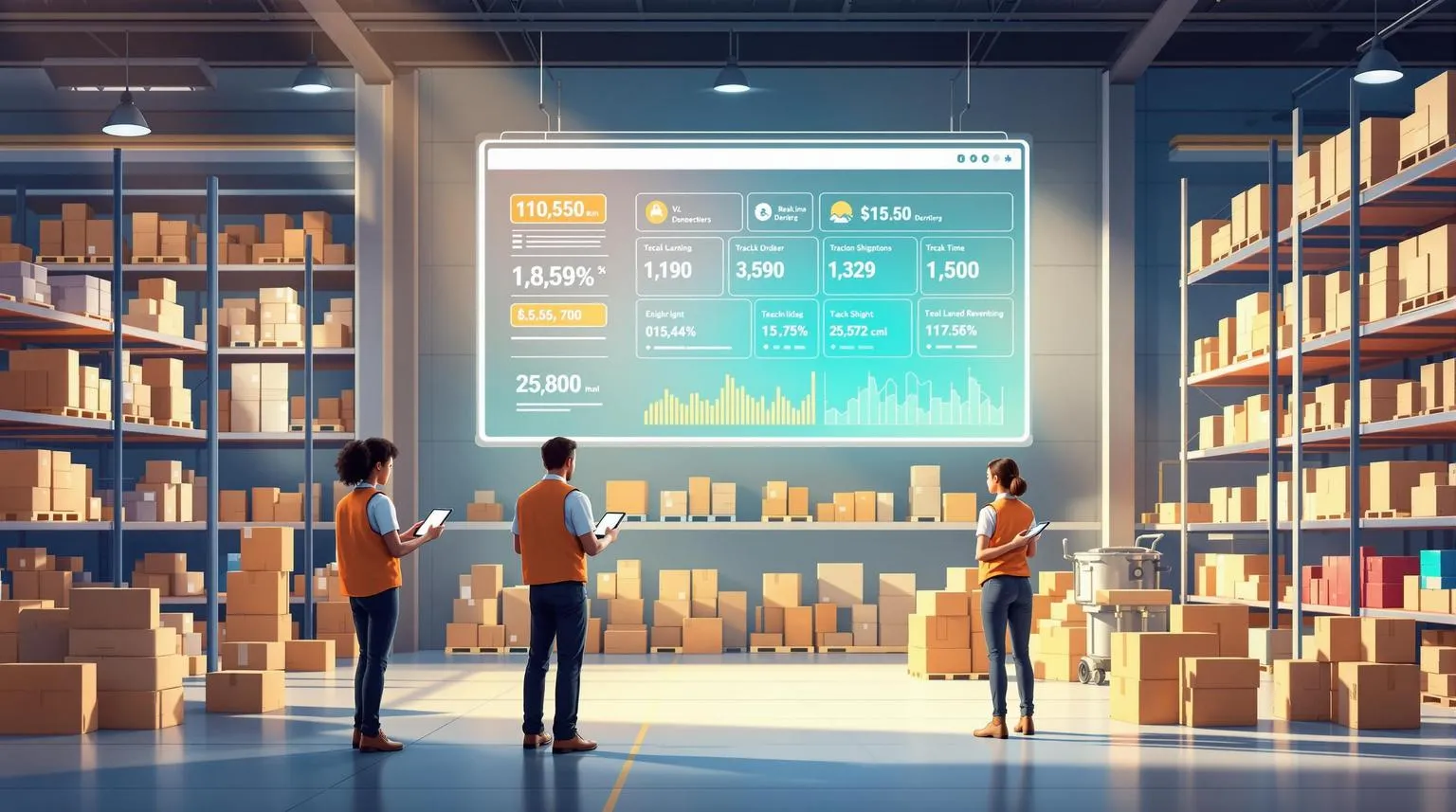Real-Time OMS Tracking Improves Global Shipping
In today’s competitive e-commerce environment, customers expect fast, reliable, and trackable shipping experiences. Retailers—especially those operating globally—must go beyond standard logistics to meet these expectations. That’s where real-time OMS (Order Management System) tracking becomes a critical asset. Not only does it empower better visibility across the entire shipping cycle, but it also improves operational efficiency and customer satisfaction.

Enhancing Shipping Visibility and Control
One of the most valuable benefits of real-time OMS tracking is the transparency it provides. From the moment an order is placed to the final delivery, retailers gain full visibility into its status. This includes warehouse dispatch times, carrier handoffs, estimated arrival windows, and even potential delays.
This visibility enables faster response times in case of shipping issues. For instance, if a shipment is stuck at a customs checkpoint or delayed by a carrier, real-time tracking allows support teams to proactively notify customers or initiate alternative solutions.
For global shipping, this kind of control is invaluable. Retailers dealing with international carriers—from postal operators like USPS, Royal Mail, and CTT Portugal, to express couriers like Evri and FAN Romania—can coordinate shipments across borders without being left in the dark.
Smoother Returns and Reverse Logistics
Returns are a major part of modern e-commerce. Without proper tracking, the reverse logistics process becomes a headache for both retailers and customers. Real-time OMS tracking simplifies this by integrating return shipment visibility into the same platform that handles outbound deliveries.

Retailers using platforms like Shopify, WooCommerce, or Kickstarter campaigns can offer pre-labeled return services with automated tracking updates. This reassures customers that their returns are processed efficiently, reducing anxiety and improving brand trust.
In the context of dropshipping and 4PL (Fourth-Party Logistics) models, where retailers might not even touch the product, real-time OMS tracking ensures they can still manage return status and inventory reconciliation without operational gaps.
Lower Shipping Errors and Lost Packages
Another significant benefit is error reduction. By integrating OMS tracking with address validation tools (such as real-time address verification and parcel shop availability), retailers can catch mistakes before orders are shipped. This includes invalid or incomplete addresses, unserviceable regions, or missing contact information.
Retailers that rely on fulfillment centers or 3PL warehouse services often manage high order volumes. Even a small error rate can mean dozens of lost or delayed shipments per day. Real-time tracking not only detects these issues early but also gives a clear audit trail to resolve disputes quickly.
Powering Multi-Carrier Coordination
Global retailers typically don’t rely on a single carrier. Depending on the customer’s location, shipping time, and cost preferences, they may switch between multiple couriers. Real-time OMS tracking makes this possible by aggregating data from different sources into a centralized view.

Postalparcel, a logistics service specializing in carrier management and delivery coordination, provides a powerful example. Instead of forcing clients to work with one logistics network, Postalparcel enables seamless switching between postal and commercial carriers based on real-time conditions—optimizing speed, cost, and success rate. Their platform also includes integrated inventory and order tracking tools, giving retailers total control over fulfillment from warehouse to doorstep.
Real Case in Cross-Border Efficiency
Consider a DTC (Direct-to-Consumer) fashion brand based in the UK expanding into Eastern Europe. Initially, they struggled with inconsistent delivery times, lost parcels, and poor post-sale tracking. By partnering with Postalparcel, they gained access to localized delivery networks like FAN in Romania, with OMS tracking providing end-to-end shipment visibility. This improvement led to a 23% drop in customer service complaints and a 17% boost in repeat orders—achieved without changing their backend systems.
This success story illustrates how real-time OMS tracking, combined with effective carrier coordination, can create tangible improvements in global shipping performance.
Improving Customer Satisfaction
The modern customer doesn’t want to ask, “Where’s my order?” They expect to know it. With real-time tracking updates embedded into emails, SMS, or a branded tracking page, retailers build transparency and trust.

Incorporating OMS tracking directly into your CRM or helpdesk also means your support agents can see exactly where a shipment is, reducing response times and improving satisfaction scores.
Conclusion
Retailers who adopt real-time OMS tracking gain much more than just visibility. They unlock a more agile, data-driven shipping infrastructure that powers global growth. From reduced delivery errors and faster returns to improved multi-carrier logistics and better customer communication, the benefits are clear.
Services like Postalparcel go beyond offering a tool—they act as a logistics partner that handles the complexity of shipping across borders, coordinates with multiple carriers, and provides real-time status updates. For retailers looking to expand globally and scale efficiently, integrating OMS tracking is not just a smart move—it’s essential.
Industry Insights
news via inbox
Nulla turp dis cursus. Integer liberos euismod pretium faucibua








